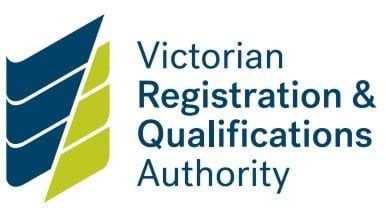Steps to compliance
1. Develop or revise
Since 2016, all schools have been required to provide child safety training to staff, volunteers and members of the governing body.
There is not a specific training program. Schools should tailor training programs to:
- the needs of their student cohort and community
- risks within their school environment.
Schools must make sure that whatever child safety training program they develop covers all matters specified in the Ministerial Order 1359. This means training for staff must include:
- the Child Safety and Wellbeing Policy and the Child Safety Code of Conduct
- the procedures for responding to complaints and concerns about child abuse
- recognising indicators of child harm, including harm caused by other children and students
- responding effectively to issues of child safety and wellbeing and supporting colleagues who disclose harm
- how to build culturally safe environments for children and students
- information sharing and recordkeeping obligations
- how to identify and mitigate child safety and wellbeing risks in the school environment without compromising a child or student’s:
- right to privacy
- access to information
- social connections
- learning opportunities.
Provide child safety training to volunteers involved in child-connected work. This doesn't mean that volunteers get identical training program to staff. Training should be appropriate to the nature and responsibilities of the volunteer’s role.
If in doubt whether a volunteer does child-connected work, assume they do.
Provide annual training and guidance to the members of the governing authority about:
- individual and collective obligations and responsibilities for:
- implementing the Child Safe Standards
- managing the risk of child abuse
- child safety and wellbeing risks in the school environment
- the child safety policies, procedures and practices of the school.
2. Endorse
This Standard places specific obligations on governing authorities. It means they must:
- ensure their schools have developed and implemented child safety policies and procedures
- take a leadership role in creating a child safe culture and have appropriate oversight of child safety at the school.
3. Implement
Compliant schools:
- provide (at least) annual training for staff engaged in child-connected work
- provide appropriate training and information to volunteers (where appropriate to their role)
- provide (at least) annual training for members of the school governing authority about child safety matters.
Examples of common non-compliance
- No evidence of child safety training for all staff involved in child-connected work.
- Child safety training misses things specified in the Ministerial Order 1359. For example, it does not cover guidance on recognising indicators of child harm.
- No evidence of child safety training for some or all volunteers engaged in child-connected work. For example, an after-hours volunteer sports coach.
- Training last occurred more than 12 months ago.
- No evidence of annual training for members of the governing authority on responsibilities for implementing the Child Safe Standards, risk management and the child safety policies and procedures of the school.
Note: government school councils are responsible for ensuring that appropriate training and guidance is provided to the members of the school council. This must be carried out at least once a year.
Updated


